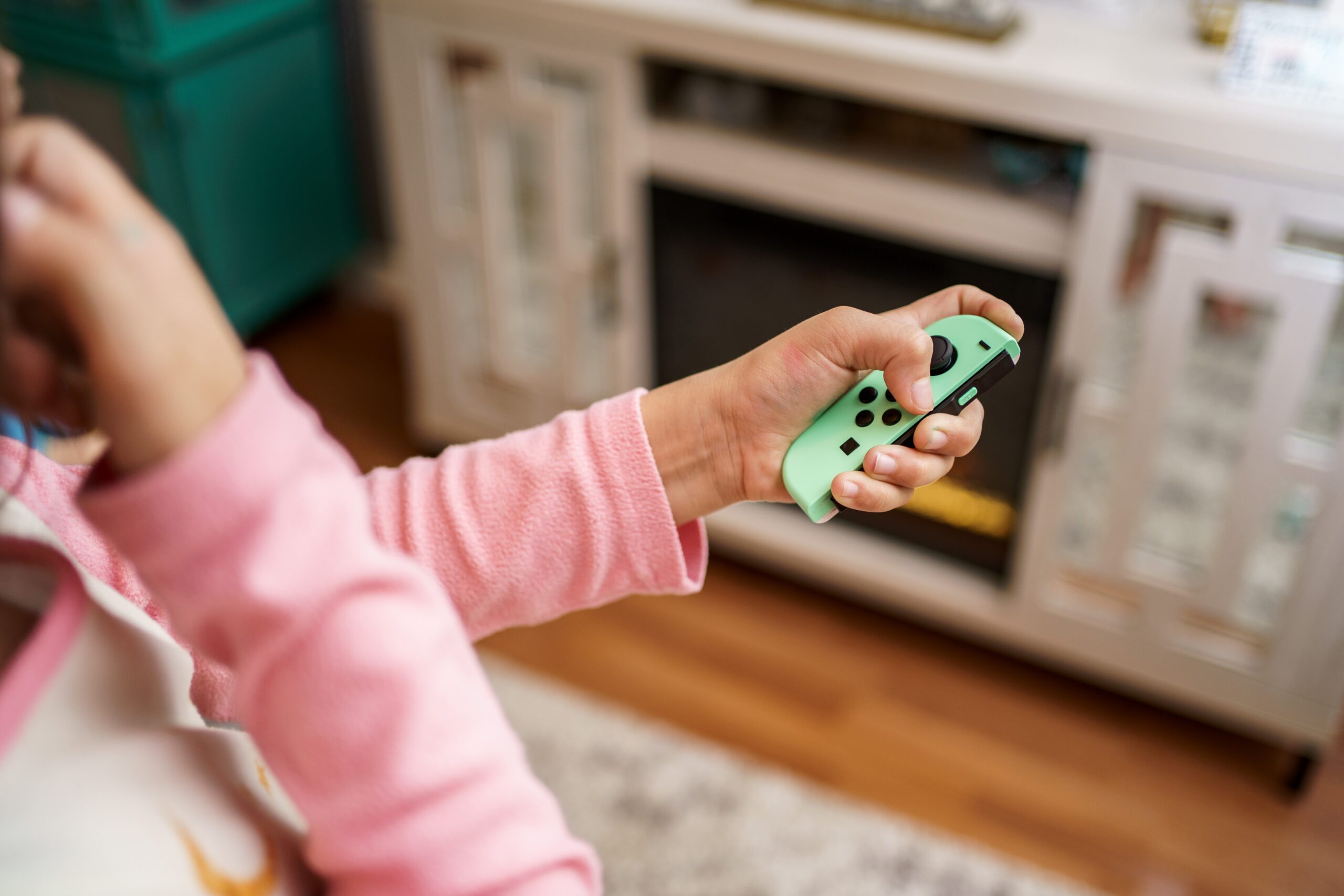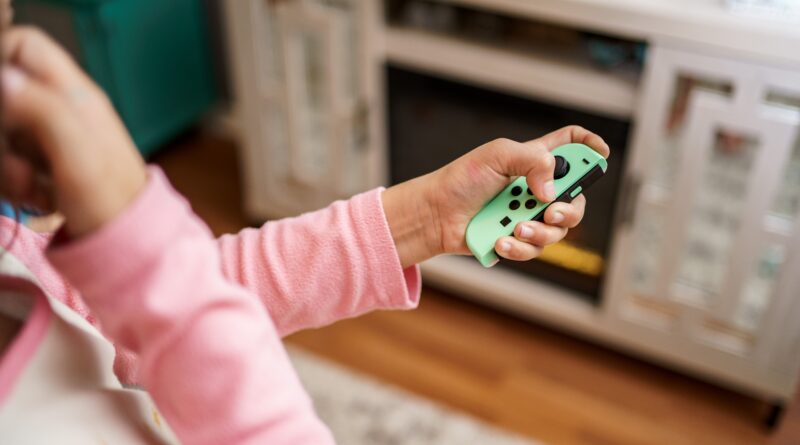The Power of Play: Stimulating Your Infant’s Senses and Cognitive Development
Immerse your little one in a world of wonder and exploration with the power of play. In our article, “The Power of Play: Stimulating Your Infant’s Senses and Cognitive Development,” we will walk you through the importance of play in enhancing your baby’s sensory experiences and cognitive development. Discover how simple activities, toys, and interactions can ignite their curiosity, boost their learning abilities, and lay a strong foundation for future learning. Get ready to embark on an exciting journey of discovery and growth with your precious bundle of joy.

The Benefits of Play
Play is not just a source of entertainment for infants, it also plays a crucial role in their overall development. Engaging in play activities can help infants develop and enhance various skills, including fine motor skills, social skills, and cognitive abilities.
Development of fine motor skills
Fine motor skills involve the coordination of small muscles, such as those in the hands and fingers. Through play activities, infants can develop and refine their fine motor skills. For example, grasping objects, building with blocks, and manipulating toys all require the use of fine motor skills. These activities help improve hand-eye coordination, dexterity, and control over their movements.
Enhancement of social skills
Play provides infants with valuable opportunities to interact and engage with others, thus fostering the development of social skills. Whether it’s playing with siblings, parents, or other infants, social play allows infants to learn important skills such as turn-taking, sharing, and cooperation. Building these social skills at an early age sets a solid foundation for healthy social interactions in the future.
Improvement of cognitive abilities
Cognitive abilities refer to a child’s mental capabilities, including their ability to think, learn, and problem-solve. Play promotes cognitive development by stimulating their curiosity, imagination, and critical thinking. Engaging in various types of play provides infants with opportunities to explore, discover, and learn about the world around them.
Types of Play
There are different types of play that can contribute to an infant’s overall development. These include sensory play, object play, and pretend play.
Sensory play
Sensory play involves activities that stimulate a child’s senses, such as touch, sight, and hearing. It allows infants to explore and make sense of the world through their senses. Examples of sensory play include playing with different textures, engaging in messy play like finger painting, and experiencing water play.
Object play
Object play involves using toys or objects to engage in play. This type of play helps infants develop their fine motor skills and allows them to learn about cause and effect. Examples of object play include stacking blocks, playing with stuffed animals, and using toys that make sounds or light up.
Pretend play
Pretend play, also known as imaginative play, involves pretending to be someone else or engaging in make-believe scenarios. This type of play allows infants to practice and develop their social, emotional, and cognitive skills. Examples of pretend play include playing house, pretending to be a doctor or a chef, and engaging in role-playing activities with dolls or action figures.
The Role of Senses in Infant Development
The development of an infant’s senses plays a crucial role in their overall growth and development. Engaging their senses through play activities can help stimulate their brain development and enhance their sensory processing skills.
Tactile stimulation
Tactile stimulation refers to the sense of touch. Infants explore and learn about their environment through touch, and this plays a vital role in their sensory development. Engaging in activities that provide tactile stimulation can help infants develop their fine motor skills, sensory perception, and body awareness. Examples of activities for tactile stimulation include exploring different textures, playing with sensory balls or fabrics, and engaging in finger painting.
Visual stimulation
Visual stimulation refers to the sense of sight. Infants are naturally drawn to visual stimuli, and engaging in activities that provide visual stimulation can help support their visual development. High-contrast toys with bold patterns or contrasting colors can be effective in capturing an infant’s attention and promoting their visual perception. Additionally, activities such as mirror play or exploring colorful objects can further enhance their visual skills.
Auditory stimulation
Auditory stimulation refers to the sense of hearing. Infants are particularly sensitive to sounds and can benefit greatly from engaging in activities that provide auditory stimulation. Singing songs, reciting rhymes, or playing musical toys with different sounds can help infants develop their auditory perception and discriminate between different sounds. Nature sounds, such as birds chirping or ocean waves, can also provide soothing auditory stimuli for infants.
Activities for Tactile Stimulation
Engaging in activities that provide tactile stimulation is not only enjoyable for infants but also beneficial for their sensory and fine motor development.
Texture exploration
Providing infants with various materials of different textures can help stimulate their sense of touch. You can create a sensory bin filled with objects like feathers, pom-poms, or textured fabrics for them to explore. Allow them to manipulate and feel different textures, which can help them develop their fine motor skills and sensory perception.
Messy play
Messy play activities, such as finger painting or playing with clay, can provide infants with a rich tactile experience. Allowing them to explore different textures and materials with their hands helps enhance their sensory development and promotes their creativity. Just make sure to provide a designated space for messy play and use child-safe materials.
Water play
Water play provides infants with a soothing and tactile sensory experience. You can set up a shallow basin filled with water and provide them with cups, containers, and toys to explore. Infants can splash, pour, and feel the water, which helps develop their hand-eye coordination and fine motor skills. Always supervise infants during water play to ensure their safety.

Activities for Visual Stimulation
Engaging in activities that provide visual stimulation can help support an infant’s visual development and enhance their visual perception skills.
High-contrast toys
High-contrast toys with bold patterns and contrasting colors, such as black and white or brightly colored mobiles, can capture an infant’s attention and promote their visual development. Hanging these toys above their crib or play area can provide visual stimulation and encourage their visual tracking skills.
Mirror play
Mirrors can be a fascinating source of visual stimulation for infants. They can spend time looking at their own reflection and exploring their facial expressions. Placing a mirror at a safe level for infants to interact with can enhance their self-awareness and visual tracking abilities.
Exploring colors
Introducing infants to a variety of colors can help stimulate their visual perception. Use colorful toys, books, or objects during playtime to expose them to different hues. Naming the colors as you play and pointing out objects of different colors can also aid in their language development.
Activities for Auditory Stimulation
Engaging in activities that provide auditory stimulation can help develop an infant’s auditory perception and enhance their ability to discriminate between different sounds.
Singing and rhymes
Singing songs and reciting rhymes to infants is not only enjoyable but also beneficial for their auditory development. The rhythm, melody, and repetition in music and rhymes can promote their language skills, memory, and auditory perception. Singing and rhymes also provide a bonding opportunity between you and your child.
Musical toys
Musical toys with different sounds and melodies can stimulate an infant’s auditory perception. Toys that play different tunes, have buttons to press, or produce sounds when shaken can capture an infant’s attention and encourage them to explore and interact with the toys. Playing musical instruments designed for infants, such as toy drums or xylophones, can also promote their sense of rhythm and coordination.
Nature sounds
Introducing infants to nature sounds can provide a calming and soothing auditory experience. Playing recordings of birds chirping, waves crashing, or rain falling can create a peaceful environment for infants to explore and listen to different sounds. Nature sounds can also help relax infants and promote a sense of tranquility.

The Role of Play in Cognitive Development
Play plays a critical role in an infant’s cognitive development by stimulating their thinking, problem-solving, memory, and imagination abilities.
Problem-solving skills
Through play, infants are confronted with challenges that require problem-solving skills. Activities that involve sorting shapes, putting together puzzles, or building with blocks can help infants develop their problem-solving abilities. These activities encourage infants to use their critical thinking skills, spatial reasoning, and hand-eye coordination to overcome challenges and find solutions.
Memory and language development
Engaging in play activities that involve memory and language can have a significant impact on an infant’s cognitive development. Reading picture books, reciting nursery rhymes, and engaging in storytelling provide infants with opportunities to develop their memory skills and expand their vocabulary. These activities also foster their language development and help them comprehend and express ideas.
Imagination and creativity
Play allows infants to use their imagination and creativity to create scenarios, characters, and stories. Activities that involve art, such as drawing or coloring, encourage infants to express their thoughts and develop their creativity. Engaging in dramatic play, where they pretend to be different characters or engage in imaginary scenarios, nurtures their imagination and supports their cognitive development.
Activities for Problem-Solving Skills
Engaging in activities that promote problem-solving skills can help infants develop their critical thinking abilities and enhance their cognitive development.
Shape sorters
Shape sorters are excellent toys for infants to develop their problem-solving skills. These toys typically consist of various shaped blocks and a container with corresponding holes. Infants need to identify the shapes and figure out how to correctly fit them into the corresponding holes. This activity encourages their spatial reasoning, hand-eye coordination, and problem-solving abilities.
Puzzles
Puzzles are another great activity for supporting problem-solving skills in infants. Start with simple puzzles with large, chunky pieces, and gradually introduce more complex ones as their skills develop. Puzzles challenge infants to manipulate and fit different pieces together to create a complete picture, stimulating their critical thinking, memory, and visual-spatial skills.
Building blocks
Playing with building blocks fosters problem-solving skills in infants. Encouraging them to construct towers or structures using blocks of different shapes and sizes requires them to navigate challenges and find solutions. Building with blocks enhances their spatial awareness, fine motor skills, and creativity as they experiment with different configurations and balance.
Activities for Memory and Language Development
Engaging in activities that promote memory and language development can have a positive impact on an infant’s cognitive skills.
Picture books
Reading picture books to infants exposes them to a variety of words, concepts, and images, stimulating their memory and language development. Pointing out and naming objects in the pictures, asking questions, and encouraging them to turn the pages can enhance their comprehension, memory, and language skills.
Nursery rhymes
Reciting nursery rhymes and singing songs with repetitive patterns help infants develop their memory and language skills. The rhythm and repetition in nursery rhymes make them easier for infants to remember and comprehend. Singing and reciting rhymes together with gestures and movements further enhance their engagement and memory.
Storytelling
Engaging in storytelling with infants provides them with opportunities to explore their imagination and develop their memory and language abilities. Create simple stories using puppets, toys, or pictures, and encourage your child to participate by asking questions and adding to the story. Storytelling nurtures their creativity, listening skills, and understanding of narrative structures.
Activities for Imagination and Creativity
Engaging in activities that promote imagination and creativity can support an infant’s cognitive development and encourage their self-expression.
Art activities
Art activities such as drawing, coloring, or finger painting allow infants to express their thoughts and emotions creatively. Provide them with child-safe art materials, such as crayons or washable paints, and let them explore different colors and textures. These activities stimulate their imagination, fine motor skills, and cognitive development.
Dramatic play
Encouraging infants to engage in dramatic play allows them to use their imagination to create characters, scenarios, and stories. Provide costumes, props, and dolls or stuffed animals to support their imaginative play. They can pretend to be different characters or act out specific situations, promoting their creativity, problem-solving, and social skills.
Building forts
Building forts using blankets, pillows, or cardboard boxes is an exciting way for infants to engage in imaginative play. They can create their own little hideouts or imaginary spaces, stimulating their creative thinking, problem-solving, and fine motor skills. Building forts also encourages cooperative play when done with siblings or playmates, fostering their social skills.
In conclusion, play is a powerful tool for stimulating an infant’s senses and promoting their cognitive development. Through play, infants develop fine motor skills, enhance social skills, and improve cognitive abilities. Engaging in different types of play, such as sensory play, object play, and pretend play, allows infants to explore their senses and engage in imaginative and creative activities. By providing activities that stimulate their senses, such as tactile exploration, visual stimulation, and auditory engagement, parents can support their infant’s sensory development. Additionally, activities that promote problem-solving skills, memory and language development, and imagination and creativity contribute to their cognitive growth. Play is not just fun for infants; it is an essential tool for their overall development and learning.



